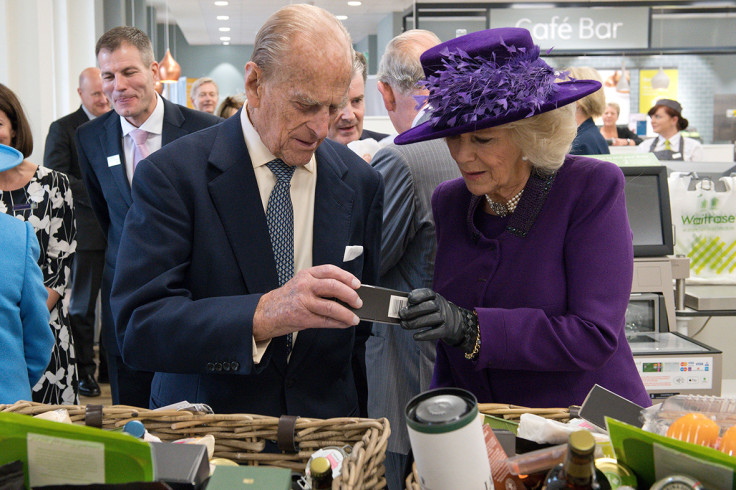Why Prince Philip was styled as Prince Consort and not King
The wife of a king is always known as a queen, but the husband of a queen is usually not being styled as the king in England.
Queen Elizabeth II recently announced that her eldest daughter-in-law Camilla, the Duchess of Cornwall, would be styled as the queen when Prince Charles takes over the throne. However, the Queen's own spouse Prince Philip was called the Prince Consort instead of King.
Even if Duchess Camilla was styled as Princess Consort, legally she would have held the title of Queen Consort, just like she currently holds the title of the Princess of Wales. This was not the case with the late Prince Philip, Britain's longest-serving Prince Consort.
According to a report in Royal Central, the wife of a king is always known as a queen, but the husband of a queen is usually not being styled as the king in England, because of the traditional construct of the society. Under English common law, a wife traditionally takes her husband's name and rank upon marriage, and a title legally forms part of one's name in most cases.
The titles within the British royal family work in the same way, and a wife takes the female form of her husband's title just like a wife would take her husband's surname as her own in the case of an untitled couple. One example of this is Princess Michael of Kent, whose birth name was Marie Christine von Reibnitz. However, upon her marriage to the Queen's cousin Prince Michael of Kent in 1978, she assumed the female form of his title and became Her Royal Highness Princess Michael of Kent.
Kate Middleton would have become Princess William of Wales in a similar manner upon her marriage to Prince William in April 2011. However, she is known as the Duchess of Cambridge as William was granted the dukedom upon their marriage.
The Princess as a formal title is only allotted to those who are born in the royal family, like Princess Beatrice or Princess Charlotte. If Kate was styled as Princess William of Wales, 'princess' would have been the female form of her husband's title instead of her own. For example, Princess Diana's legal name after her marriage to Prince Charles was "Her Royal Highness The Princess of Wales" instead of Princess Diana like her sister-in-law Princess Anne, as Princess was never her formal title.
Meanwhile, when a female who was born royal marries, she retains her birth title if she ranks higher than her husband, but changes it if he ranks higher. Princess Anne, married to Sir Timothy Laurence, would have been styled as Lady Laurence if she took his knightly title, but she retained her Princess title.
However, the use of titles by marriage is a one-way street, and a husband is not allowed to take the male form of his wife's title upon marriage irrespective of his rank. Upon her marriage to Prince Philip, the Duke of Edinburgh, then Princess Elizabeth had taken the title of HRH The Duchess of Edinburgh. However, she couldn't use the title when she became the monarch, because the Queen ranks higher than the Duchess, and also the sovereign cannot hold peerages. While she was named the Queen, Prince Philip continued to use his Duke title.
There is another reason that the husband of a Queen cannot be a King, the issue of rank. Queen Victoria, the last female monarch before Queen Elizabeth II, thought the title of "Duke" would be the proper title for the person who is holding a duchy irrespective of their gender. She believed the title Duchess was a title referring to the spouse of a duke as opposed to the holder of a royal Dukedom.
This is why the current monarch is also known as the Duke of Lancaster and not Duchess. If the same system is followed in a monarch's title, a female ruler would be called the King instead of her husband.

© Copyright IBTimes 2025. All rights reserved.





















